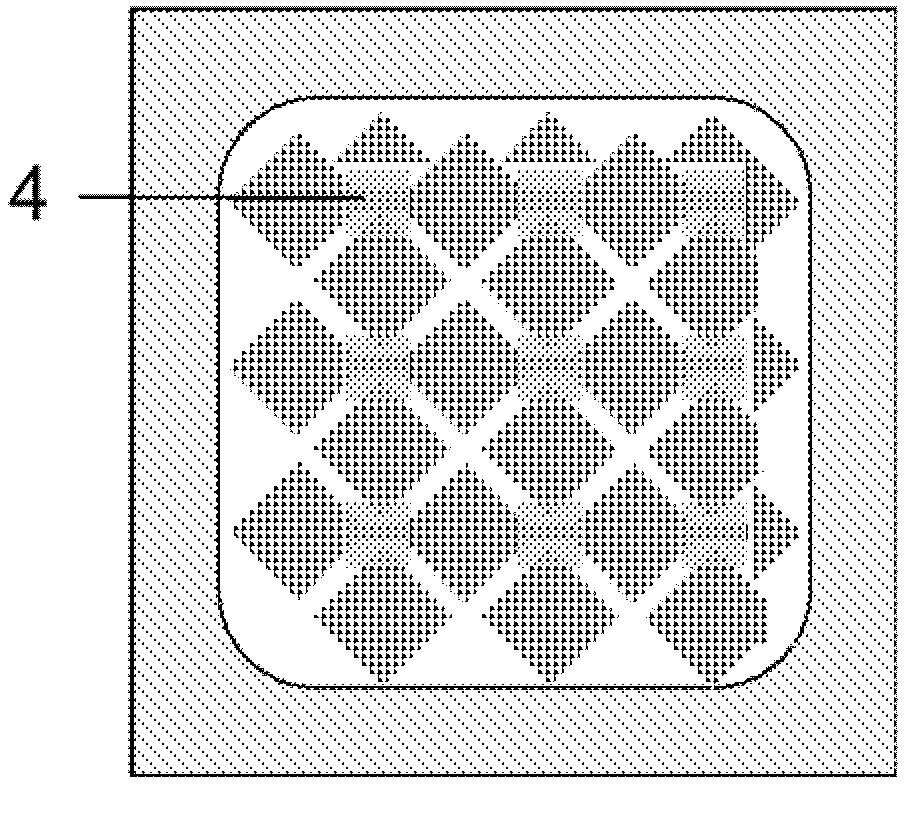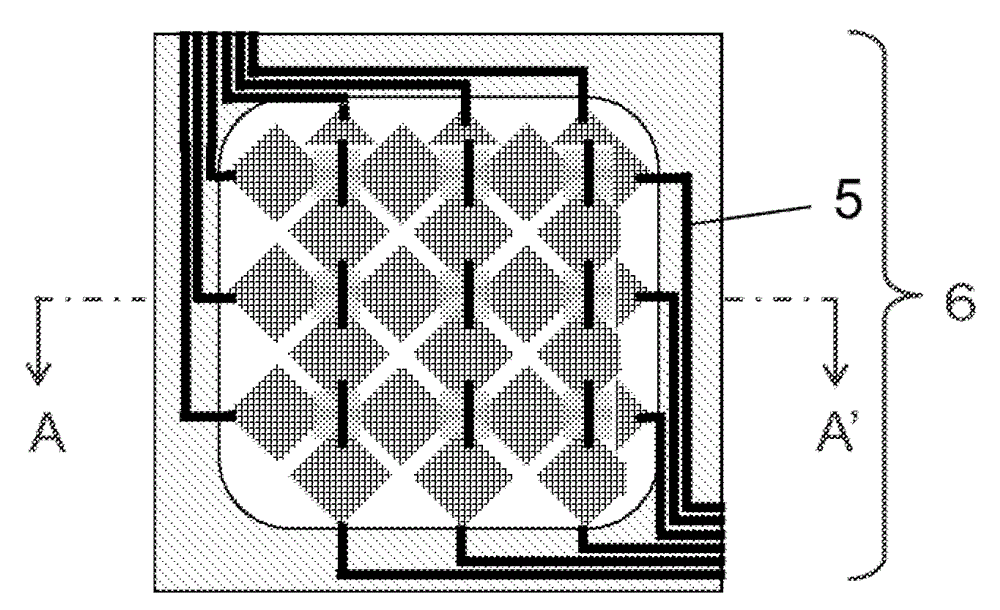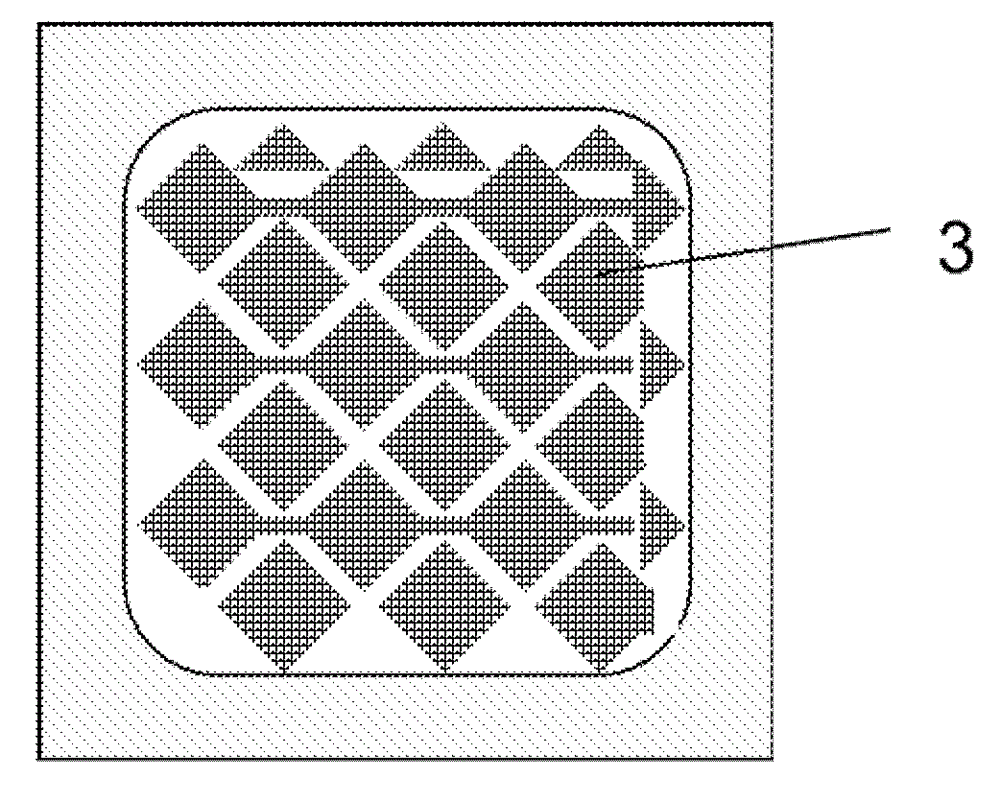Heat-curable coloring composition, cured film, touch panel provided with said cured film, and method for producing touch panel using said heat-curable coloring composition
A coloring composition, thermosetting technology, applied in semiconductor/solid-state device manufacturing, data processing input/output process, instruments, etc., can solve the problem of low heat resistance of light-shielding patterns, complicated manufacturing processes, and reduced performance of touch panels, etc. problems, achieve excellent chemical resistance and excellent heat resistance
- Summary
- Abstract
- Description
- Claims
- Application Information
AI Technical Summary
Problems solved by technology
Method used
Image
Examples
Embodiment
[0079] Examples and comparative examples are given below to further describe the present invention in detail. The evaluation methods in each Example and Comparative Example are as follows.
[0080]
[0081] On a 10 cm square glass substrate, apply thermosetting coloring with a spin coater (1H-360S, manufactured by Mikasa Co., Ltd.) so that the film thickness after curing is 10 μm, 15 μm, 20 μm, 25 μm, and 30 μm. The composition was cured at 250° C. for 60 minutes, and then the presence or absence of cracks was visually checked. Regardless of the number of cracks, even if one crack occurs, it is judged that the film thickness does not have crack resistance. For example, when there are no cracks at 15 μm but cracks occur at 20 μm, the crack-resistant film thickness is judged to be “15-20 μm”. The crack-resistant film thickness when there were no cracks at 30 μm was judged as “>30 μm”, and the crack-resistant film thickness when cracks were found even at 10 μm was judged as “<1...
Synthetic example 1
[0105] (Synthesis Example 1) Synthesis of Silicone Resin Solution (b-1)
[0106] 122.18 g of diphenyldimethoxysilane (DiPh-DiMS, 0.5 mol), 74.10 g of vinyltrimethoxysilane (Vinyl-TMS, 0.5 mol), and 37.37 g of ethyl acetoacetate were added to a 500 mL three-necked flask . While stirring the solution at room temperature, an aqueous phosphoric acid solution in which 1.0 g of phosphoric acid was dissolved in 54.0 g of water was added over 30 minutes. Then the flask was immersed in a 40°C oil bath, stirred for 30 minutes, then the oil bath was set at 80°C, heated for 30 minutes, and the temperature of the oil bath was further raised to 120°C. The reaction was terminated 3 hours after the start of temperature rise. At this time, the internal temperature of the solution rose to a temperature about 5° C. lower than the setting of the oil bath. Methanol formed in the reaction and unconsumed water were removed by distillation. Ethyl acetoacetate was added to the ethyl acetoacetate s...
Synthetic example 2
[0107] (Synthesis Example 2) Synthesis of Silicone Resin Solution (b-2)
[0108] The materials initially added to the three-necked flask were set to 122.18 g diphenyldimethoxysilane (0.5 mole), 44.46 g vinyltrimethoxysilane (0.3 mole), 39.66 g phenyltrimethoxysilane (Ph -TMS, 0.2 mol) and 42.08 g of ethyl acetoacetate were carried out in the same manner as in Synthesis Example 1 to obtain a silicone resin solution (b-2).
PUM
| Property | Measurement | Unit |
|---|---|---|
| Acid value | aaaaa | aaaaa |
| Adhesion | aaaaa | aaaaa |
Abstract
Description
Claims
Application Information
 Login to View More
Login to View More - R&D
- Intellectual Property
- Life Sciences
- Materials
- Tech Scout
- Unparalleled Data Quality
- Higher Quality Content
- 60% Fewer Hallucinations
Browse by: Latest US Patents, China's latest patents, Technical Efficacy Thesaurus, Application Domain, Technology Topic, Popular Technical Reports.
© 2025 PatSnap. All rights reserved.Legal|Privacy policy|Modern Slavery Act Transparency Statement|Sitemap|About US| Contact US: help@patsnap.com



